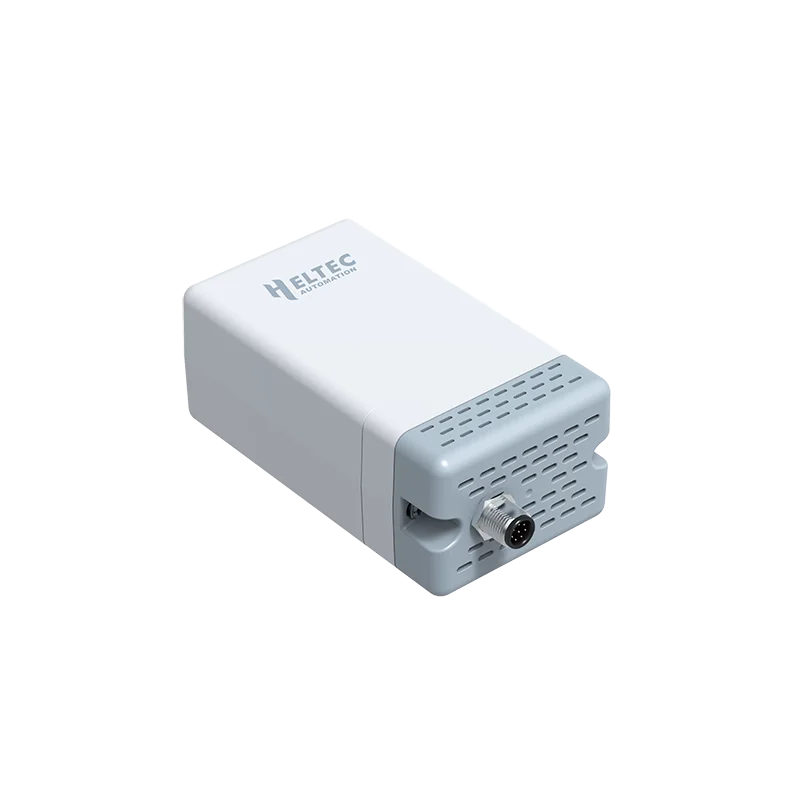In the ever-evolving world of technology, outdoor sensor hubs are transforming how data is collected in remote and inaccessible areas. With advances in connectivity and sensor technology, companies like LeapIoT Technology are at the forefront of this revolution, offering innovative solutions like the Sensor Hub for Outdoor (HRI-3631). This device represents a breakthrough in environmental monitoring and resource management, particularly in locations where traditional data collection methods are challenging.

Understanding the Impact of Sensor Hubs in Remote Data Collection
Sensor hubs, particularly those designed for outdoor use, are compact, robust systems capable of gathering and processing data from multiple sensor inputs. The Sensor Hub for Outdoor (HRI-3631) by LeapIoT Technology, a leading Sensor Hub for Outdoor manufacturer, is a prime example of how these devices are adapting to the needs of modern environmental and scientific research. This hub integrates various standard sensors and has the capability to connect with third-party sensors and solenoid valves, making it a versatile tool for comprehensive data acquisition.
The ability of these hubs to upload data to the LoRaWAN network is particularly revolutionary. LoRaWAN—a long-range wireless communication protocol—enables the transmission of sensor data over vast distances, reducing the need for physical access to the sensor sites and allowing for real-time monitoring from anywhere in the world.
Revolutionizing Data Collection: Key Advantages
-
Extended Reach in Remote Areas: The most significant advantage of using outdoor sensor hubs like the HRI-3631 is their ability to operate in remote areas. These devices can function under extreme weather conditions and in isolated locations without compromising the integrity of the data collected. This capability is crucial for environmental scientists studying unpredictable ecosystems, or for managing agricultural lands in arid and inaccessible regions.
-
Integration of Multiple Sensors: The modular nature of the HRI-3631 allows it to support a variety of sensors. This flexibility means that users can customize the device to measure different parameters, from atmospheric temperature and humidity to soil moisture and chemical composition. Such comprehensive data collection is invaluable for detailed environmental analysis and decision-making.
-
Real-Time Data Access and Monitoring: With the integration of LoRaWAN technology, data collected by sensor hubs can be accessed in real time. This immediacy allows researchers and decision-makers to react quickly to environmental changes, which is essential for effective disaster management, such as during bushfires or floods in remote areas.
-
Cost-Effectiveness: Deploying sensor hubs reduces the need for frequent human intervention in harsh or remote environments, significantly cutting down travel and labor costs. This cost-effectiveness makes extensive monitoring feasible and affordable, even for projects with limited budgets.
-
Durability and Reliability: Outdoor sensor hubs are designed to withstand harsh environmental conditions, which is critical for long-term data collection projects. Devices like the HRI-3631 are encased in durable materials that protect them from moisture, dust, and extreme temperatures, ensuring continuous operation without frequent maintenance.
LeapIoT Technology: Leading the Way in Outdoor Sensor Hub Innovation
As a manufacturer specializing in advanced sensor solutions, LeapIoT Technology recognizes the necessity for reliable, adaptable, and powerful data collection tools. The HRI-3631 model exemplifies their commitment to quality and innovation. By supporting both standard and third-party sensor integration, these hubs can be tailored to meet the specific needs of any project, enhancing the scope and accuracy of data collection efforts.
Applications in Various Fields
The versatility of outdoor sensor hubs allows them to be employed across various fields:
-
Environmental Conservation: Monitoring wildlife activities and plant growth in conservation areas to assess the impact of environmental changes.
-
Agriculture: Managing crop health and soil conditions, optimizing water use through precise irrigation control.
-
Urban Planning: Monitoring air quality and other environmental parameters in urban areas to inform policy and planning.
-
Resource Management: Tracking water levels and water quality in remote reservoirs and water treatment facilities.
Conclusion
The deployment of outdoor sensor hubs like the HRI-3631 by LeapIoT Technology is revolutionizing data collection in remote areas, enabling more informed decision-making in environmental management, agriculture, and urban planning. With the ongoing advancements in sensor and network technologies, the potential for these devices to improve how we interact with and manage our natural resources is immense. As we continue to face global challenges related to the environment and resource scarcity, the importance of reliable data has never been more critical. Sensor hubs are not just tools; they are gateways to understanding and protecting our planet.
LeapIoT
wxam.assistant@marketingforce.com

